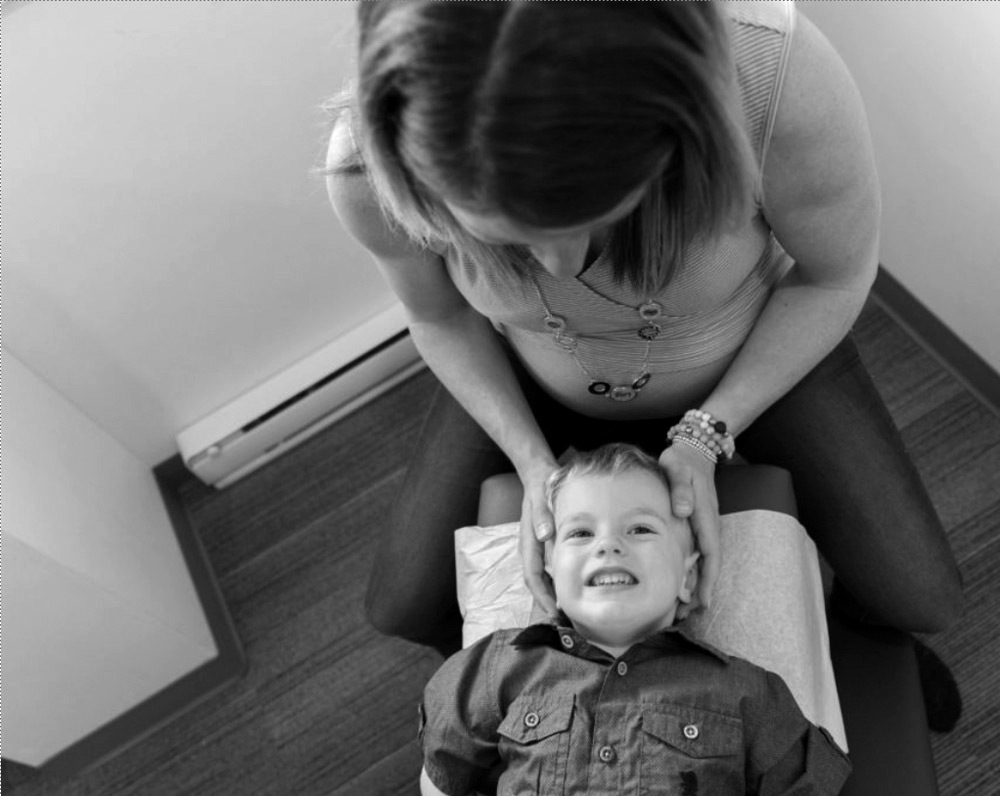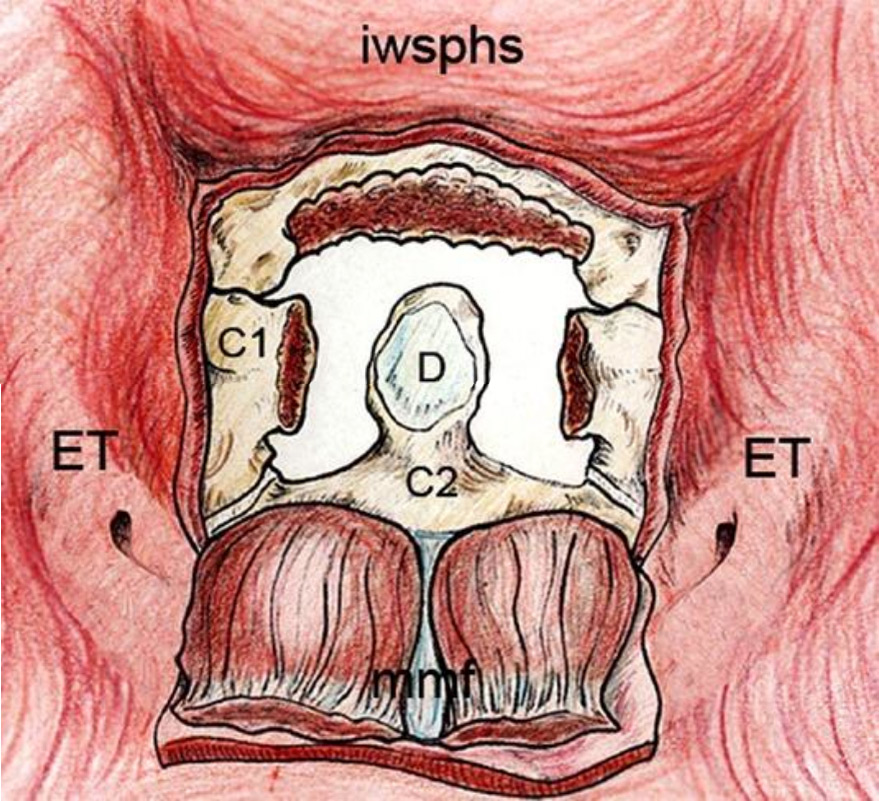What's the deal with ear infections?

“I heard that Chiropractic can help with ear infections. Can it?”
Ok so let’s talk about this. Can Chiropractic adjustments treat ear infections.? The short answer – NO!
So what is going on? Why do parents report that they see improvement? In order to discuss this, we should back up and define a few things.
Otitis media is the particular infection we are referring to. This is an infection of the middle ear and is the most common reason people are bringing their kids to the doctor. The stats are pretty high for the occurrence of ear infections – 50% of babies will have at least one ear infection before their first birthday, then jumps to 83%before the age of 3.
80% of ear infections are said to go away on their own without the use of antibiotics. But what if the recurring? What is going on? What are the options for these kids?
Most of the time when we see kids who have had a history of recurring ear infections, their only option was antibiotics, and if it was persistent, tube surgery is the next option. If they land in our office, it is usually out of despair, as they have been doing conventional treatments with no long term resolution. They are concerned with their child, and they heard that Chiropractic may help. Parents are exhausted, their kids aren they are usually pretty miserable – it puts a huge strain on the family. ☹
So I told you above that we do not treat ear infections, then why on Earth would someone get the idea that perhaps we can help?
Ear infections have been identified to be a draining issue. Tubes of babies and children are small, and horizontal making their ears more vulnerable to infection due to the anatomy, making them more susceptible to accumulation of stagnant fluid, creating a perfect breeding ground for viruses and bacteria. This mak sense and is true! But perhaps it is not quite complete. What we, and countless other chiropractors caring for kids find, is that their little neck is extremely tight. Especially the upper neck. When we examine these children, we find increased muscle tone in the large majority of them. The upper two vertebrae are subluxated, meaning the tiny joints are either misaligned, or not moving to their full range of motion.
Having optimal motion in the neck helps to move the fluid around. Think of it like a pump. If we ha vertebrae in mal position, or not moving properly (subluxated) think of how that could hinder the “pump impact the muscles around the tubes in and around the neck. We definitely need more specific research to understand the possible mechanisms, but again it is not too much of a stretch to imagine that a neck injury with or without pain could be contributing to these infections. We are definitely not saying that Chiropr the cure all, nor is it a replacement for medical care. In fact, we highly encourage a team based approach. However, if there is tension (and subluxation) in the neck and it is left uncorrected, it is plausible that these infections reoccur.

ET is Eustachian Tube. C1 is the first vertebrae in the neck, C2 is the second and D is the Dens (a projection of C2)
What’s interesting is that when we go through a detailed history, we commonly hear from parents that the birth was difficult – requiring some sort of intervention being Pitocin (which impacts and intensifies how the uterus contracts), forceps or vacuum, c-sections and other physical stressors that contribute to v subluxation. Often times, these babies are fussy, perhaps even diagnosed with colic or reflux. This is not in ALL cases, but certainly a large majority in our experience.
You can imagine the stress from something like pitocin, or even physical stress during labour could potentially cause an injury in the neck. (Please note, we are not saying these birth interventions are not warr further, these injuries can contribute to troubles latching and nursing, and babies could need to supplement with formula. Dairy has been known to contribute to ear infections as well (a common protein in most formula supplements). Teething sets in, creating more inflammation in the area…so needless to say, sometimes these cases are often times complicated with a multitude of co-factors.
With all of this in account, these claims, case studies, and small body of research of parents reporting a reduction or elimination of recurrent ear infections are hard to ignore. Yes, we need more research, but when the function of the neck is assessed, measured, and restored through extremely gentle and safe Chiropr adjustments – the tension in the neck is restored! That’s the goal of Chiropractic, anyway! The benefit of this correction may not be that we see decreases in recurring ear infections (although that is a very common thing we hear), but benefits of a properly moving spine extend beyond symptoms. It impacts their life e
“upgrading” their nervous system function regardless of symptoms by restoring subluxation and allowing each vertebrae to move optimally.
We are so happy and grateful to have the skills and tools to be able to at least give parents a CHOICE in how they care for their children. By no means are we making promises or claiming we can cure them or e them.
To clarify, at Uptown Chiropractic we are NOT looking in the ear, or diagnosing otitis media.
We are assessing the spine for subluxation and aiming to correct it, regardless of age, diagnosis, or condition.
If your child is experiencing chronic ear infections, consider giving us a call and have them assessed for subluxation.
References: Szymanski, A. Anatomy of the Head and Neck, Ear Eustachian Tube. Stat Perals. Last updated Dec. 6, 2018 Alcantara, J. the Safety and Effectiveness of Pediatric Chiropractic: A Survey of Chiropractors and Parents in a Practice-Based Research Network. Explore. 2009;5(5):290-5 Fallon J. The role of chiropractic adjustment in the car and treatment of 332 children with otitis media. Journal of Clinical Chiropractic Pediatrics 1997; 2(2):167-183.
To learn more, follow us on
